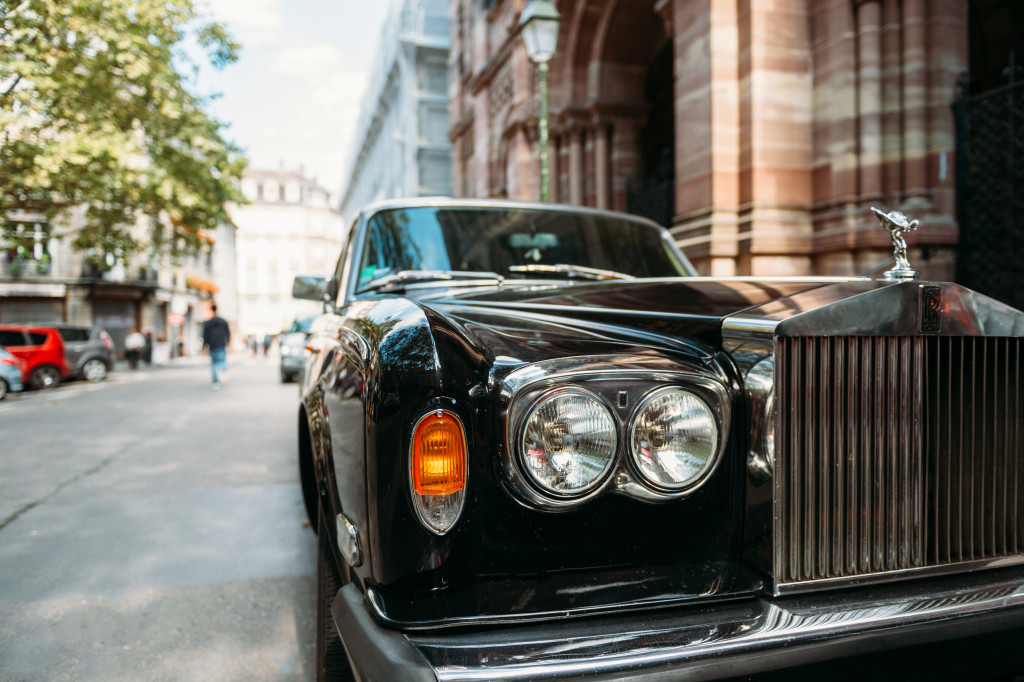As a result of luxury vehicle brands’ online popularity, it’s possible to accurately forecast future sales and trends in the global automotive sector. Every one of the luxury vehicle manufacturers on our list demands a lot of consumer attention and generates a lot of social media discussion. In the eyes of well-to-do customers, they’re the most important thing.
As a result of customer desire for eco-friendly driving experiences and tighter emissions restrictions, electric vehicles are expected to be the most significant development in the global automotive industry this year. The Porsche Taycan and Tesla Model S Plaid, two new luxury electric cars (EVs) set to hit the market this year, will only add to the excitement of driving an EV.
Additionally, the range of electric vehicles is increasing, and the number of charging stations available throughout the globe. Learn some of the most well-known luxury vehicle manufacturers.
Porche
From modest beginnings, Porsche’s history goes back to 1948 when founder Ferdinand Porsche established the Porsche brand with just 200 employees. This year, Porsche unveiled the 356, its debut model, and 52 of these vehicles were built in a tiny garage in Stuttgart, Germany, before the end of the year. About two more years after that came the most well-known model of the automaker’s time, the 550 Spyder. The brand’s popularity soared, and on its 25th anniversary, Porsche had sold 10,000 of its cars worldwide.
Today, drivers in the San Francisco Bay Area associate the Porsche name with elegance and outstanding performance, and for a good reason. A wide range of models is now available from the Porsche brand, each with a powerful engine and an array of distinctive comfort and convenience features. Porsche repair services are also widely available from a variety of companies. In addition to being enjoyable to drive, Porsches remind you who you are in life: a wealthy guy with nothing better to do than make other people envious that you can buy one of these sports cars.

Mercedes-Benz
With a lengthy history in the automotive industry and a focus on luxury and versatility, Mercedes-Benz has established itself as a leading brand. Nevertheless, whence did Mercedes-Benz get its name? On June 28, 1926, the business was based.
Emil Jellinek collaborated with the Diamler Motors Company in 1900 to help develop the Mercedes 35 horsepower. In 1902, Jellinek registered the Mercedes name after naming his new automobiles after his daughter Mercedes Jellinek. Karl Benz was a German-born engineer and inventor best known for his work on engines and cars. Many people believe that in 1885, Benz developed the first practical vehicle, the Benz Patent Motorcar, which was patented.
Bertha Benz drove the Benz Patent Motorcar on a 66-mile test drive to ensure its functioning. On the journey, she even worked as her mechanic. From 1889 to 1899, the growth of Benz & Cie, Benz’s business, was phenomenal. It’s incredible how far Mercedes-Benz has gone since it was established in 1926!
BMW
BMW is an abbreviation for Bayerische Motoren Werke GmbH, the company that makes BMW automobiles. Rapp-Motorenwerke in Munich merged with BMW in 1917 to become BMW. In 1920, Knorr-Bremse AG was formed, and in 1922, BMW AG was established. It was the company that took the place of the former Bayerische Flugzeugwerke AG, which had been established in 1916. Because of this, the year 1916 is considered BMW’s inception date. Known initially as Otto Flugmaschinenfabrik, Bayerische Flugzeugwerke was founded on March 7, 1916, and is the official foundation date of BMW, a German automobile manufacturer.
In 1922, the business changed its name to Bayerische Motoren Werke (BMW) to better reflect its automotive heritage. Nevertheless, Rapp Motorenwerke changed its name to Bayerische Motoren Werke in 1917, giving birth to the BMW brand name. The BMW IIIa airplane engine was the company’s initial offering. BMW stayed in business after World War I by manufacturing motorcycle engines, agricultural equipment, home goods, and railway brakes. BMW continued in business. The BMW R32, the company’s first motorbike, was built in 1923.
The year was 1928 when BMW bought the Fahrzeugfabrik Eisenach, which was building Austin Sevens under license at the time (under the Dixi marque).
The BMW 3/15 was a rebadged Dixi that was the company’s first sale. BMW extended its line of automobiles to include sports cars and bigger luxury models during the 1930s.
Leasing or buying a luxury vehicle is a decision driven by desire. Consumers in a more logical state of mind throughout the research and buying process can be happy with a less expensive, fully equipped mainstream car. The additional cost can be worth paying even if it means having less equipment and room than a similarly priced non-luxury vehicle if the badge or style is essential to you.

